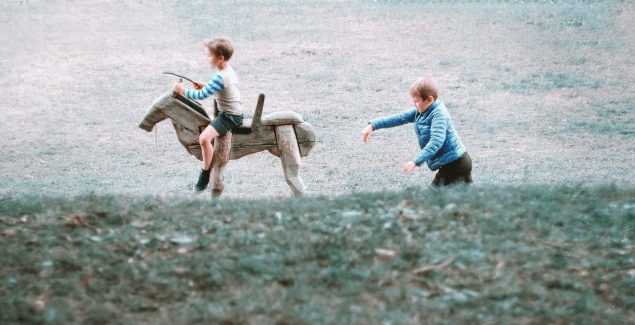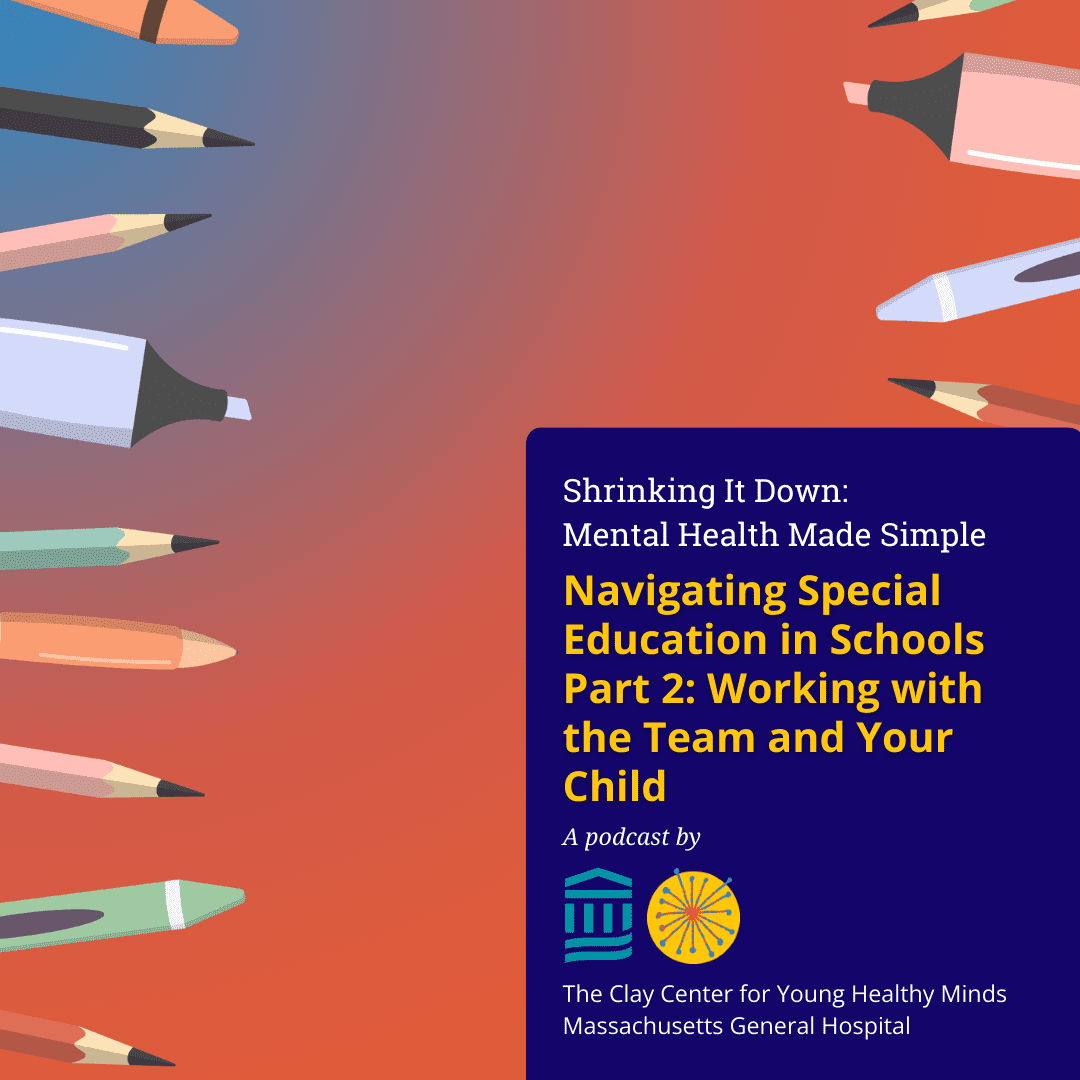“Walking in Another Character’s Armored Boots”: How Role-playing and Therapy Intertwine

Posted in: Parenting Concerns, You & Your Family
Topics: Hot Topics, Mental Illness + Psychiatric Disorders
Role-play is one of the most basic ways we learn about how to interact with other people, our identity, the world we’re in, and our place in it. It’s something we almost universally do as children and frequently continue as adults. To a degree, we all play different roles without realizing it; as an example, the way we interact with others at work is likely much different than how we are with our friends or with our siblings. When we engage in imaginative role play, we can practice socializing, safely take risks, explore different ways of connecting with others, and even resolve internal conflict, all while having fun. One way to define it is “to experiment with or experience a situation or viewpoint by playing a role in a make-believe scenario.” This definition captures many activities which would qualify as role-play, however, to capture the essence of this activity we invite you to participate in the exercise at the end of this article – which introduces one of the most common organized role-playing games.
Role-play in Therapy
As mental health clinicians, in our therapeutic work, we often rely on role playing to naturally encourage the development of empathy, introspection, and reinforcement of prosocial behaviors. Frequently when patients enter therapy, they carry core beliefs with them that paint a narrative of their life experiences which are at times distressing, discouraging, and dysfunctional. Often these are the results of some form of trauma – living through adverse events in their lives, the results of psychiatric or medical illness, family, social or economic problems. Through role play in treatment (which could be individual, couples, or family therapy), clinicians can help patients re-tell their life story through a more empowering lens. And by re-telling their histories, and interacting with their therapists, they may have a corrective emotional experience that helps them change and promotes recovery and wellbeing.
Since storytelling is co-created by teller and listener, the process of telling one’s story through role play allows both therapist and patient to understand each other and highlights what in their lives needs changing. One important outcome of role playing is that it requires mutuality – both therapist and patient learn and grow together. Stepping out of the role play, the therapist can help the patient reflect on the meaning of the play, its relation to their life, and examine in a collaborative way how change can occur. Even the process of role playing itself provides a format to try on different approaches to a patient’s challenges once they are revealed. So, if one is struggling with low self-esteem, the therapist or patient can assume the role of being assertive and the other of being more insecure or even devaluing of themselves. The “script” is much like improvising in jazz – it is not written out, but developed with each person taking the lead from the other and you see where things go.
Play Therapy
In play therapy with children, clinicians rely tremendously on role playing to understand their patient’s experience of the world. Depending on their level of development, young children do not often have the language to describe their experience of life. Instead, they rely on play to express and hopefully understand their internal world. Play is a unique way they communicate, cope with difficult emotions, and learn new behaviors. For example, by playing with a child using dolls, we can observe how the child plays with them (i.e. what role each doll plays, how they treat each other, etc.) and through this process, the child can convey crucial information about their emotions, state of mind, experience of family relationships, and development of self-esteem. With this knowledge, the therapist can understand areas of strengths and weaknesses that could be explored in the therapy.
As an example, Mark is a 6-year-old child who just started Kindergarten and has recently been refusing to get picked up by the school bus after the first couple weeks of school. When he and his brother were playing in the sandbox with trucks, he took his smaller pick-up truck and backed it into a corner while his brother used a larger one to move around the sand. After doing this, his truck (in his voice) said to his brother’s big truck, “leave me alone! I want to play in the sand too!” Once his parents connected with his teacher to discuss school refusal, it came to their collective attention that one of the older students, who was much bigger than him, in his class wasn’t allowing him to use the swing on the playground. Mark was acting out this scenario through his play, processing the experience of being bullied off his preferred activity on the playground. If this were in therapeutic play, the therapist could have the trucks talk with each other, and elicit what the little truck was feeling. Then, breaking out of the role play, a therapist could ask him if anything like this happened at school, or home, and hopefully he would be able to reveal his fear of bullying. Then an intervention could follow.
Role-play in Cognitive Behavior Therapy (CBT)
Roleplay can also be included in more structured forms of therapy, such as cognitive behavior therapy (CBT). Commonly, in CBT, a therapist helps a patient notice specific defined ways that our thoughts don’t align with reality as they are often exaggerated, distorted, or even catastrophic. Clinicians may rely on role play to experiment with new ways of thinking, taking turns with less anxiety provoking thoughts, and practice new approaches to problem solving.
This may take the form of replaying difficult past events to identify problematic thoughts and the emotions they generate or developing and practicing effective communication strategies, during which the clinician and patient swap roles.
Role-play and Exposure Therapy
In the treatment of anxiety, we often use a technique called exposure-response prevention (ERP), gradually increasing exposure to a frightening situation. Exposure work frequently begins with fantasized and imaginative triggers, then increasing anxiety in a gradual step-wise fashion towards experiencing the trigger in reality. A classic example of ERP is the treatment of phobias. For example, if a kid is afraid of dogs, we show photos of dogs on the screen with the therapist and patient expressing how they are feeling. Then when the child tolerates this exposure, we take a walk outside with real dogs across the street. The therapist, playing the role of the child may say, “gee, that dog makes me a bit scared, but he is pretty far away.” And on another walk, the therapist asks the child to voice their feelings of walking near the dog. Eventually, we would want to bring a child and dog in the same room, first with the dog sitting far away, then getting closer and closer. With each exposure the therapist and child take turns talking about their feelings of proximity to the dog.
A way that role-playing can be integrated into exposure therapy is in the case of social anxiety, in which a patient is scared of being judged in a group, lest they say or do something “wrong” that results in others being critical, disliking them, or mocking them. For instance, we could ask a patient to purposefully make a mistake in a conversation during therapy in order to reduce social anxiety at school.
Here is an example: Julia is a 15-year-old girl who doesn’t go to the ice cream parlor when her friends ask her to go each Saturday. When asked about what is stressful during these encounters, she describes how she’s worried that she’ll hold everyone up by not choosing a flavor quick enough. When engaging in ERP, we could start by watching videos of other people taking a long time to order something, then have a role-play scenario where the patient doesn’t respond to the therapist’s asking, “what do you want to drink?”, followed by going to a fast-food restaurant outside the office and purposefully waiting 30 seconds before placing an order.
In many ways role play is analogous to how we naturally develop communication and interpersonal skills. Consequently, it’s no surprise that role play can easily and effectively be harnessed in both formal and non-clinical therapeutic interventions. We would encourage you to try this out with your kids at home in the context of a problematic situation, such as helping siblings share, managing anger, or dealing with conflict. Take turns playing one role (i.e. the child or parent) and then swap! If your child or teen is in therapy, consider getting some coaching from their therapist. It is likely to be helpful and certainly fun for all.
An Exercise to Try
If you had to write yourself into a fantasy novel, what kind of character would you be? Would you be a stalwart knight who defends the helpless and pursues evil? A studied wizard who excels in the meticulous gathering of magical research? How about a thief who slips in and out of the shadows in the dead of night? Spend a minute or two thinking about this and, if you have a notepad, write down a sentence or two about them. Once you have this jotted down, what would this character look like? What’s their name, gender presentation, and pronouns? You can spend as much or as little time as you’d like brainstorming a protagonist. The further one goes into describing a character, the richer the narrative that accompanies that character.
Now that you’ve had some time to think about the character you’d be, imagine that they were about to embark on an adventure and that you’d be adopting your character’s voice and personality in order to guide the character through their trials. Sounds interesting, right? This is the basis of table-top role playing games, like Dungeons and Dragons, in which players create a character for a fantasy world, and then describe their characters’ actions through speech. Their actions succeed or fail according to a set of game rules and guidelines, but within the rules, players have the freedom to improvise. And just like in real life, their choices shape the direction and outcome of their adventure. Even if you haven’t played one of these role-playing games (RPG), you most likely know someone who has.
Now, let’s turn our focus back to the character you’ve made. Are there aspects of this character that you think align with your own qualities? How about aspects of this character that you don’t align with at all? We ask these questions to highlight an interesting concept in role-playing; when we are role-playing a character, it’s hard to completely separate our true self from the character. We often draw from our prior experiences and values to inform the decisions we make, even when we try to keep the narrative of the character in mind. As one becomes more accustomed to role playing games, people can often branch their characters in different directions to adopt alternative styles of adventuring and ways of experiencing their imagined world. Similar to the characters played in RPGs, we also have our own personal narrative which naturally develops as we grow up (and doesn’t finish when we become adults!). As events happen to us, we add more chapters to our story and better understand who we are as people and how we fit into the world around us.
In summary, role playing is an effective way of learning about ourselves and others and confirming these beliefs through taking on the other person’s role. If one gets it “wrong,” the other makes corrections to clarify what they are actually thinking, feeling or worrying about. Making mistakes and asking for clarifications is a part of process of understanding the other’s perspective. Role playing is, and should be, both therapeutic, educational and fun.

 Share
Share Tweet
Tweet







